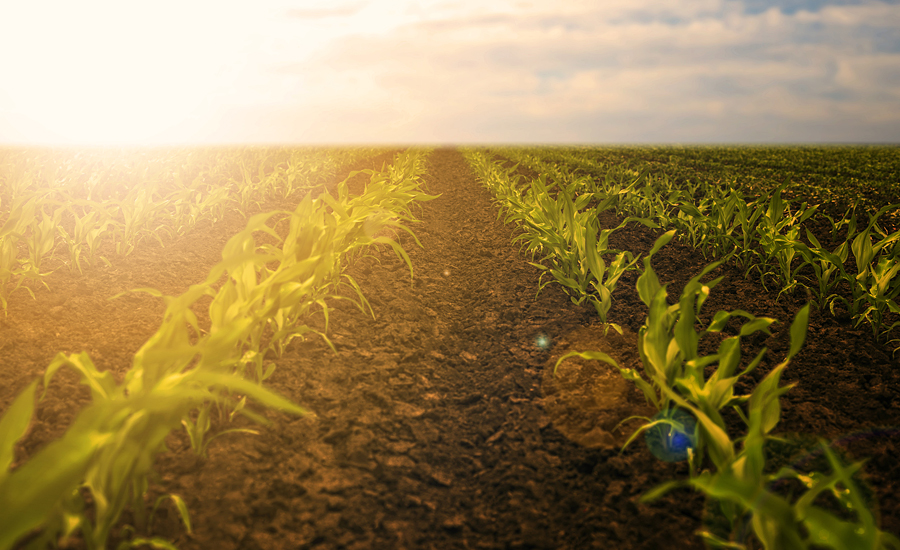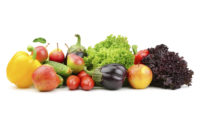Global food insecurity is projected improve from 2019-2029, thanks in part to lower prices and rising incomes, according to a study presented by the United States Department of Agriculture (USDA)’s Economic Research Service (ERS), Washington, D.C.
USDA-ERS presented results from its International Food Security Assessment model, a demand-driven framework that includes information on domestic prices and consumer responsiveness to changes in prices and incomes.
Given projections for lower food prices and rising incomes, food security for the 76 low- and middle-income countries included is expected to improve through 2029. The share of population that is food insecure is projected to fall from 19.3% in 2019 to 9.2% in 2029. The number of food-insecure people is projected to fall from 782 million to 399 million, or a decline of 45%, which is faster than the decline in the food gap.
This report assesses food security indicators for 76 low- and middle-income countries grouped into four regions—Sub-Saharan Africa (39 countries), North Africa (4 countries), Latin America and the Caribbean (11 countries) and Asia (22 countries).
More than 50% of the populations in 14 out of 76 countries were estimated to be food insecure in 2019. Eight of those countries are in Central and East Africa, one in West and Southern Africa each, and three in Asia. Haiti is the most food-insecure country in the Western hemisphere, with 47% estimated to be food insecure in 2019.
Given projections for lower food prices and rising incomes for most countries, food security is generally expected to improve between 2019-2029. Food security is assessed using three indicators, all of which are projected to improve:
• The share of the food-insecure population is expected to fall from 19.3% to 9.2%.
• The number of food-insecure people is projected to fall from 728 million to 399 million.
• The food gap—the amount of food required to allow all food-insecure people to reach the caloric target of 2,100 calories per person per day—is projected to decline from 33.5 million tons to 21.9 million tons.
Gains in food security vary across regions.
• In Asia, where income growth is strong, the share of the food-insecure population is projected to decline from 13.9% in 2019 to 3.5% in 2029.
• The challenge is greater in Sub-Saharan Africa (SSA) where population growth is higher and income growth lower. In 2019, SSA has an estimated 35.3% of its population food insecure; despite improvements, 22.5% are still projected to be food insecure in 2029.
• In Latin America and the Caribbean (LAC), the share of the population that is food insecure is projected to drop from 17.4% in 2019 to 8.3% in 2029.
• Food security is also projected to improve for North Africa, the most food-secure region in the study. There, the share of the population that is food insecure falls from 5.2% in 2019 to 1.9% in 2029.



